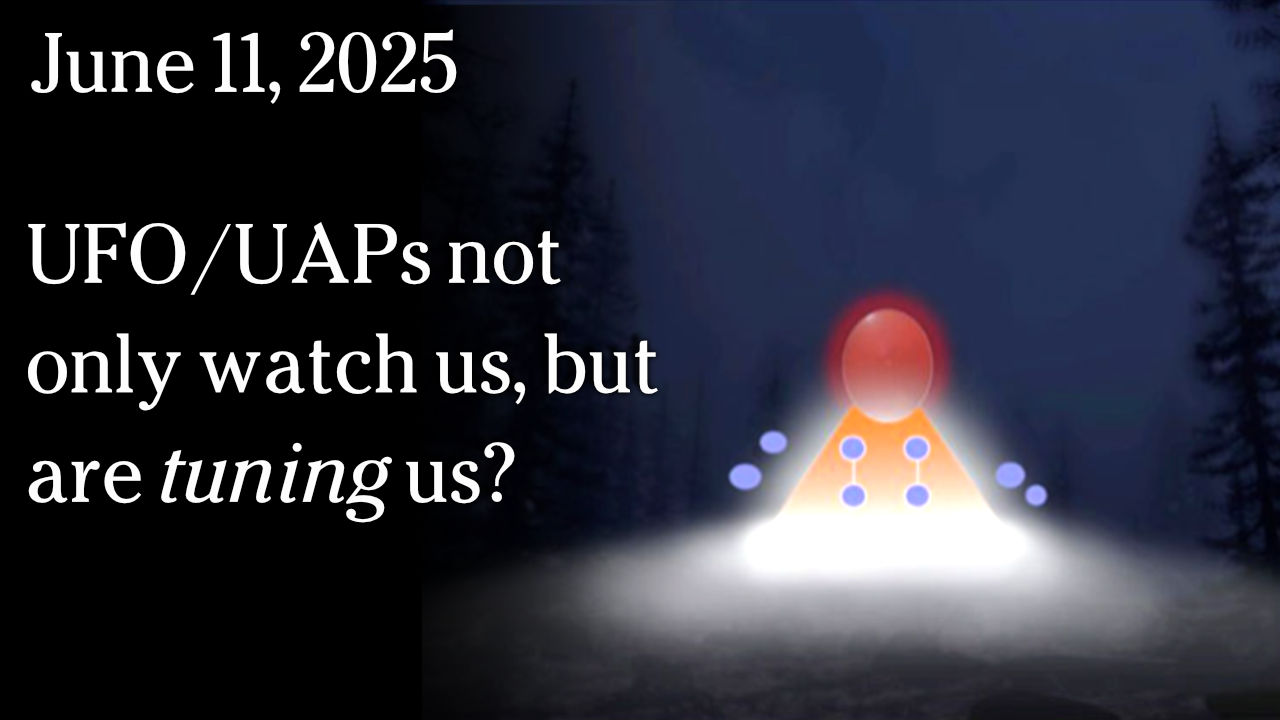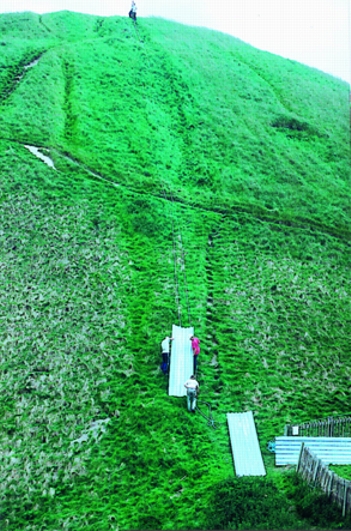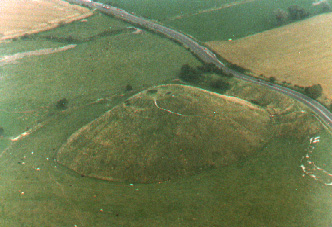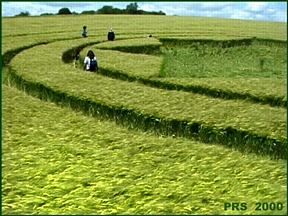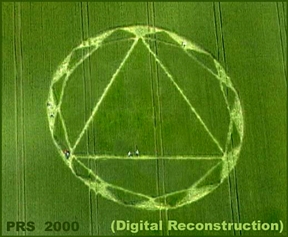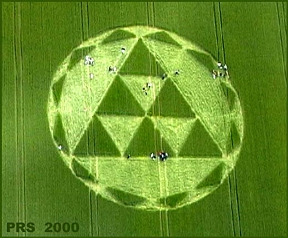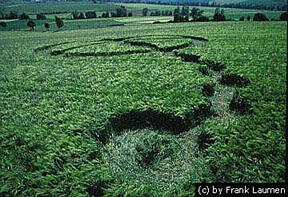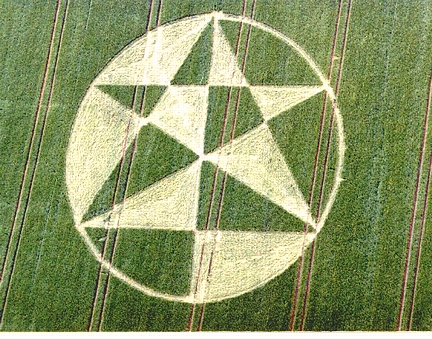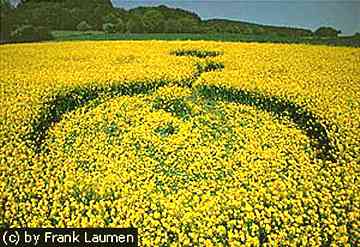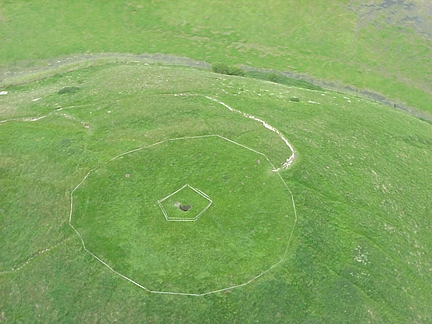
June 14, 2000 Silbury Hill, Wiltshire, England - Around 3700 B. C. - almost 6,000 years ago by some estimates - an enormous complex of stone avenues, stone circles and the largest artificially constructed mound in all of Europe were created in Avebury, England. The huge artificial mound that rises 130 feet and covers five acres at its base is known as Silbury Hill. Two weeks ago on May 29th, a large hole was discovered on top. The last time there was any such wound in the great hill was 1776 when the Duke of Northumberland decided to look for buried treasure inside. When he found nothing, his workers closed up the shaft they had dug - perhaps only
Click here to subscribe and get instant access to read this report.
Click here to check your existing subscription status.
Existing members, login below:



